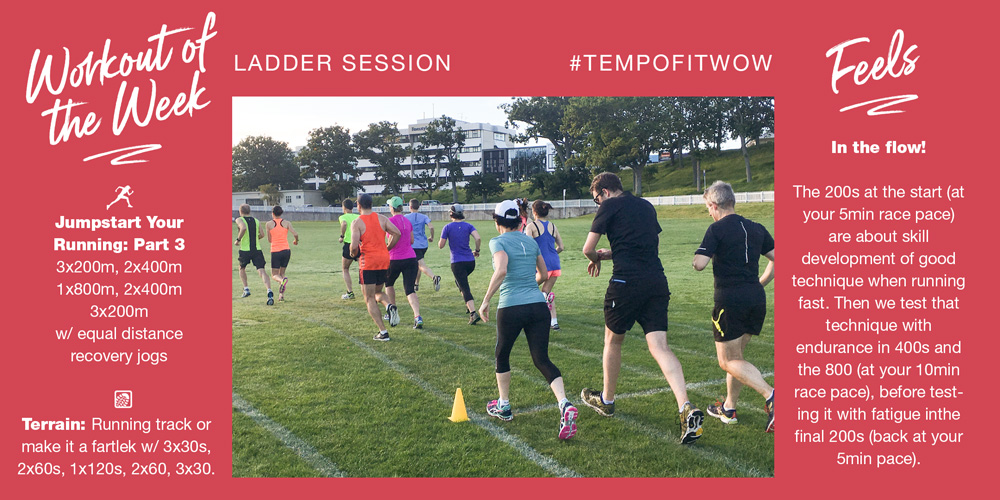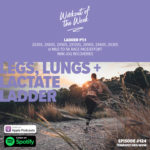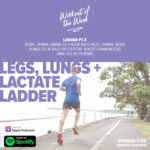One of the classic track sessions, the Ladder is designed to get things moving really well with the shorter first few reps and then test that good technique with endurance (with the 400s and 800) and then test it again with fatigue (with the 200s to finish).
Give this workout a go and let us know how you find it by tagging us on Instagram and Facebook @runtempofit.
#tempofitwow017

WHAT
3x200m @ your repetition pace*
2x400m @ VO2max pace* (or rep pace if you’re experienced at these sorts of workouts)
1x800m @ VO2max pace
2x400m @ VO2max pace (or rep pace)
3x200m @ rep pace
* Repetition Pace = your 5-minute race pace (similar to what you could do for a mile)
* VO2max pace = your 10-minute race pace
Recoveries: Equal distance jogging as the efforts (e.g. 800m jog after the 800m effort)
Feels: In the flow!
WHY
This workout is all about skill development—the skill of running fast.
We’re after smooth and efficient and relaxed. Read below for some specifics you can work on, but I want you to spend the first 3 200s focusing on getting that technique dialled in (which you can do easily over 200m because you shouldn’t be fatiguing).
Then we stress that technique with some endurance. Be sure to maintain the good things you practiced in the final stage of each of the 2x400m, 1x800m and 2x400m.
Finally, we test the technique with fatigue. You should be starting to feel the legs tire by the final 3x200m. So this is where I want you to really stand tall, keep that cadence going quick, relax and smile!
HOW: ENGAGING THE GLUTES
A technique challenge that runners ask me all the time is how to use your glutes when you run. It’s a great question and one that follows naturally from the many discussions we have with physios who complain about us runners “not having strong glutes” or “not engaging their glutes”.
So, here are my top 3 ways to run with your rump!
- Imaginary Rope: When running (especially when going fast or uphill) picture a rope tied around your middle pulling you forwards. And imagine that all your power and forwards momentum is coming from that rope. This will help to get your hips in a better position and will emphasise the hip extension action that we are after for getting our glute max cranking.
- Intentional Strides: Many runners just plonk their feet down, but ideally our feet should be hitting the ground running—literally. They should engage the ground and immediately be pushing it back behind us, every stride. In this phase of the running gait we are better able to recruit the glutes to do the driving.
- Get in the Gym: Running is a low resistance activity when compared to doing barbell squats, deadlifts and hip thrusts. So it makes sense that us runners are left confused and unsure if we’re actually using our glutes or not. To combat this—and get strong at the same time—we can get in the gym and really learn to feel what hip extension and the engagement of the glutes feels like. So, if the gym is an alien landscape to you, book in a few sessions this year with a good PT to teach you the three basic movements of hip thrust, squat and deadlift.
Podcast (workout-of-the-week): Play in new window | Download
Subscribe: Apple Podcasts | RSS | More



